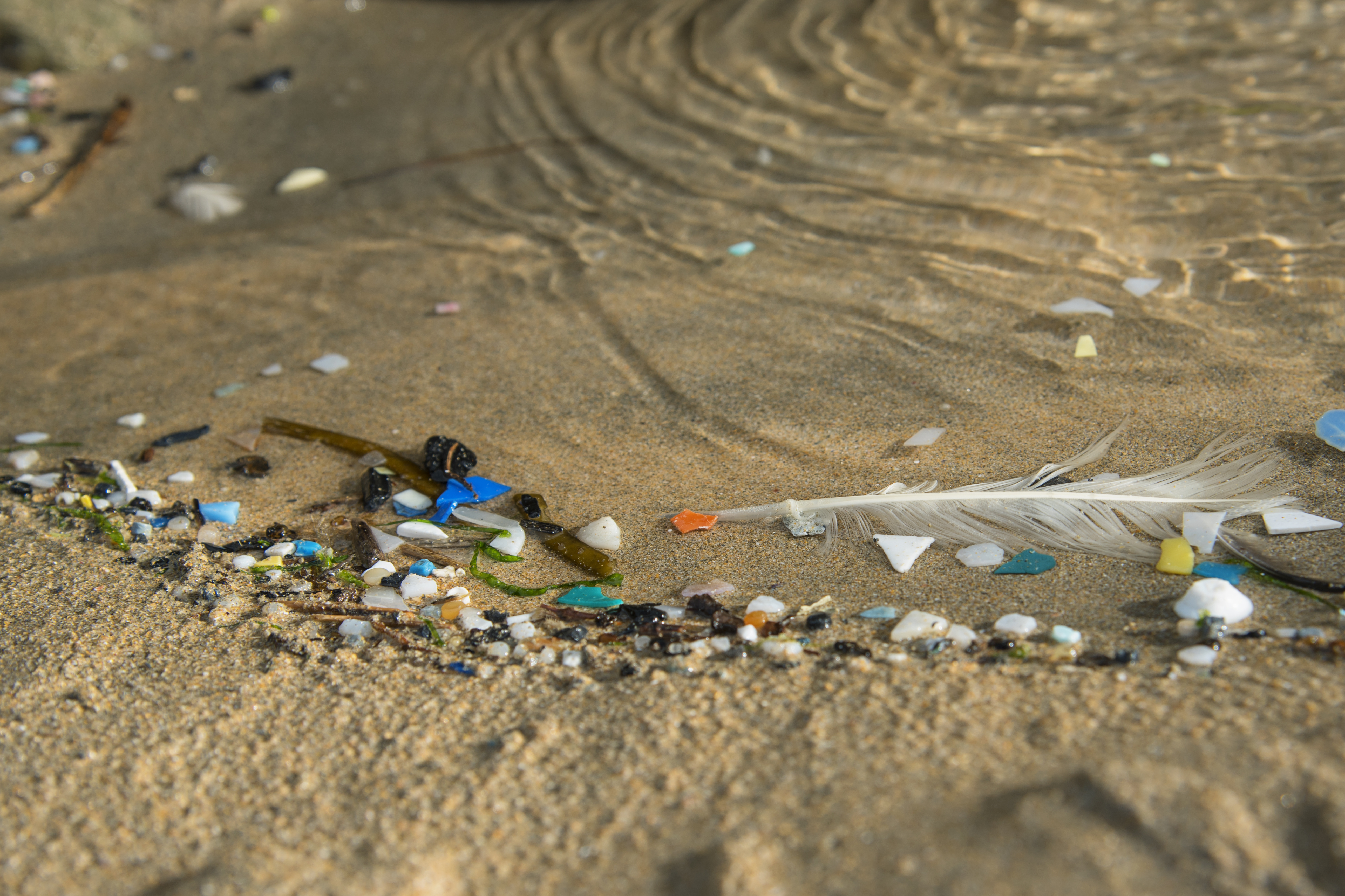Cross-Cutting Topic 5: Modelling and Life Cycle Assessment
Objectives
- To identify and exploit synergy effects between project partners from the areas of river basin-related modelling and life cycle assessment
- with regards to modelling: to identify synergies and interfaces of modelling approaches; to discuss data needs and data sharing
- with regards to Life Cycle Assessment: to develop common assumptions regarding the objective and the scope (system boundaries) of the assessments
Results
The cross-cutting topic was divided into two sub-topics: River basin-related modelling and life cycle assessment. A first exchange of experience took place in both areas. The first workshop on river basin-related modelling took place in March 2019, at which the modelling approaches used, as well as the associated data basis, were presented. For further exchange, fact sheets of the models were developed.
Building on these networking activities, the synthesis paper "Model-based research on microplastics in the environment" was prepared. This German paper addresses the question of which mapping domain is covered by the models in the FONA action "Plastics in the Environment". The work is based on model fact sheets, which are included in the appendix of the paper and describe the main characteristics and properties of each model. Based on these plug-in sheets, the overall mapping of the models was merged across projects within the cross-cutting theme 5 (modeling), thus identifying the remaining gaps in terms of data and model structure that are relevant for a better understanding of the system.
The results of the collaborative projects in the cross-cutting topic of modeling were presented in a webinar on September 7, 2021.
In the field of life cycle assessments, telephone conferences and a workshop were held for exchange purposes. Thereby, synergy and harmonisation potentials for various topics have been pointed out: Functional units, system boundaries for the assessments, common assumptions e.g. regarding the handling of multifunctionality or the definition of end-of-life scenarios, common database (e.g. choice of life cycle assessment databases, plastic sources such as tyre abrasion and textiles) and others.

